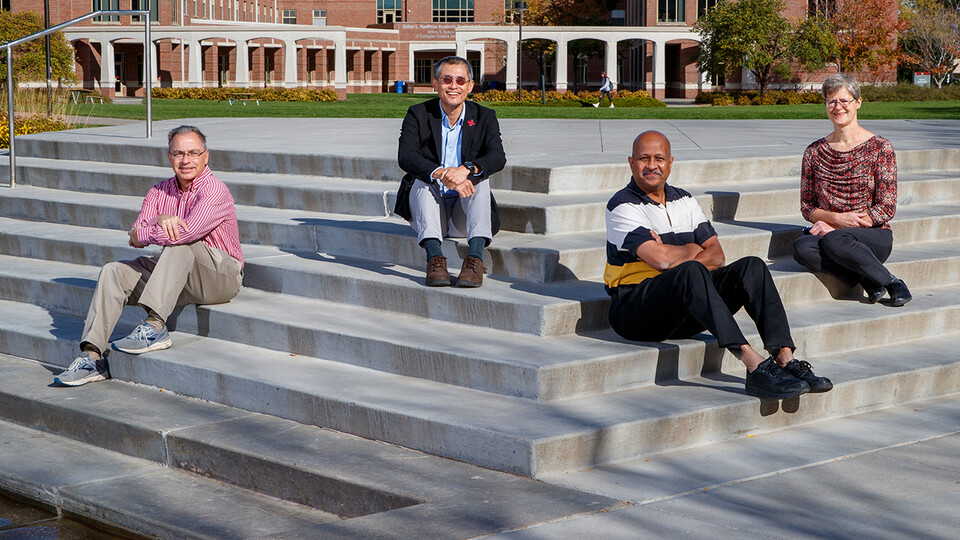Apr 23, 2021
By Victoria Grdina

An interdisciplinary team of University of Nebraska–Lincoln faculty is collaborating with Computer Science and Engineering students to turn their research into a new app.
The research project, which began in 2016 and expanded to the Citadel earlier this year with a new grant from the Department of Defense, examines social unrest and how it can be predicted using socio-demographic, cultural, environmental, infrastructural, geographic and economic data. The Social Unrest Reconnaissance Gazetteer and Explorer (SURGE) web application allows users to select and visualize that data in order to model, understand, and anticipate social unrest events.
“With this visualizer, we can look at the events through time and space,” said Leen-Kiat Soh, computer science and engineering professor and the project’s principal research investigator. “We can see the different decades, the different levels of intensity, and also different types of events, such as mass violent protests versus peaceful sit-in protests.”
The app displays various types of social unrest events on a world map, powered by Google Maps. Users can examine events on global or local scales, right down to the neighborhoods in which they’re occurring.
“One of the things that we have been able to accomplish is seeing the proximity of unrest events close to different facilities and buildings inside a city,” development manager Travis Schwartz said. “How close something is to a church, how close something is to like a police station—things that could impact other factors.”
Computer science and engineering professor Ashok Samal explained that by learning where social unrest is occurring, users such as government officials, law enforcement authorities, and other researchers will be able to examine other factors that could be contributing.
“We would like to be able to visualize unrest in the context of economics, climate change, and other social factors,” Samal said. “So this this platform allows us to overlay those changes over unrest.”
Soh added that the ability to examine so many types of factors together allows users from a variety of backgrounds to understand the data and apply their own expertise to it.
“It helps us to crystallize the information for people from different disciplines,” Soh said. “When climatologists look at the map, they can relate it to what they know about the weather and climate changes in those regions.”
Not only will users be able to combine the data with their own knowledge, but also with their own data. Deepti Joshi, who received her doctorate in computer science from Nebraska and now serves as the project’s principal investigator at the Citadel, said that the team plans to add customizable data options that will allow for further exploration.
“In the future, people should be able to upload their own data so that they can then see the relationship between whatever factor and unrest,” Joshi said. “I think that will expand the base of the stakeholders or people who will be interested in using our system for their research.”
Samal said the ability to upload and download customized data sets will allow others to build on their own research, and for the Nebraska team to continue theirs in the future.
“We want people like researchers and policymakers to be able to use this application to do some of their some of their work, and then also as our research results come in, to blend that into this system as well,” Samal said. “I think that will allow us to do more things a lot more things down the road.”